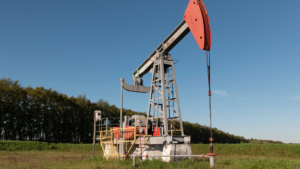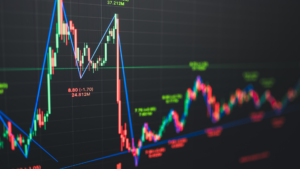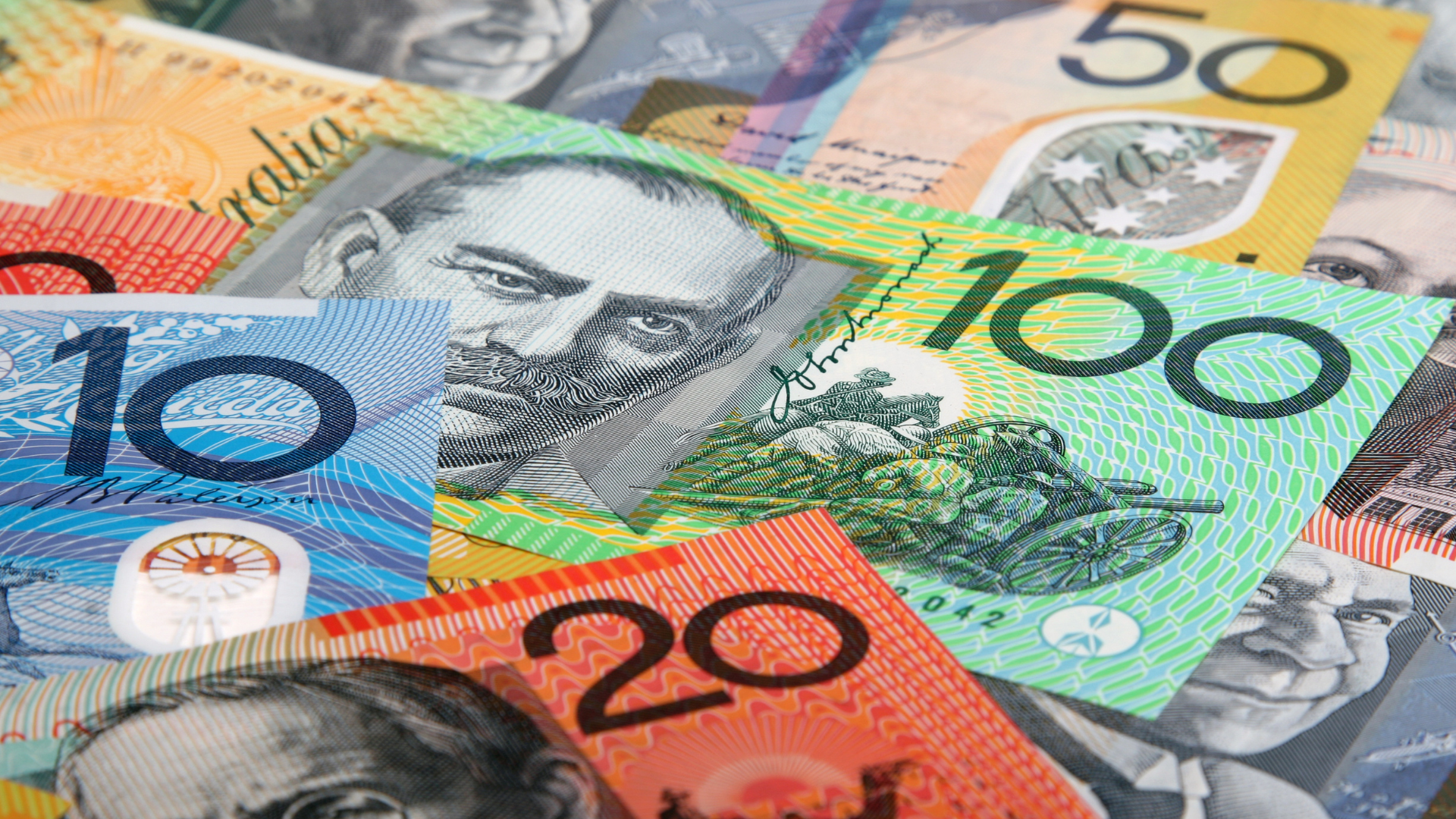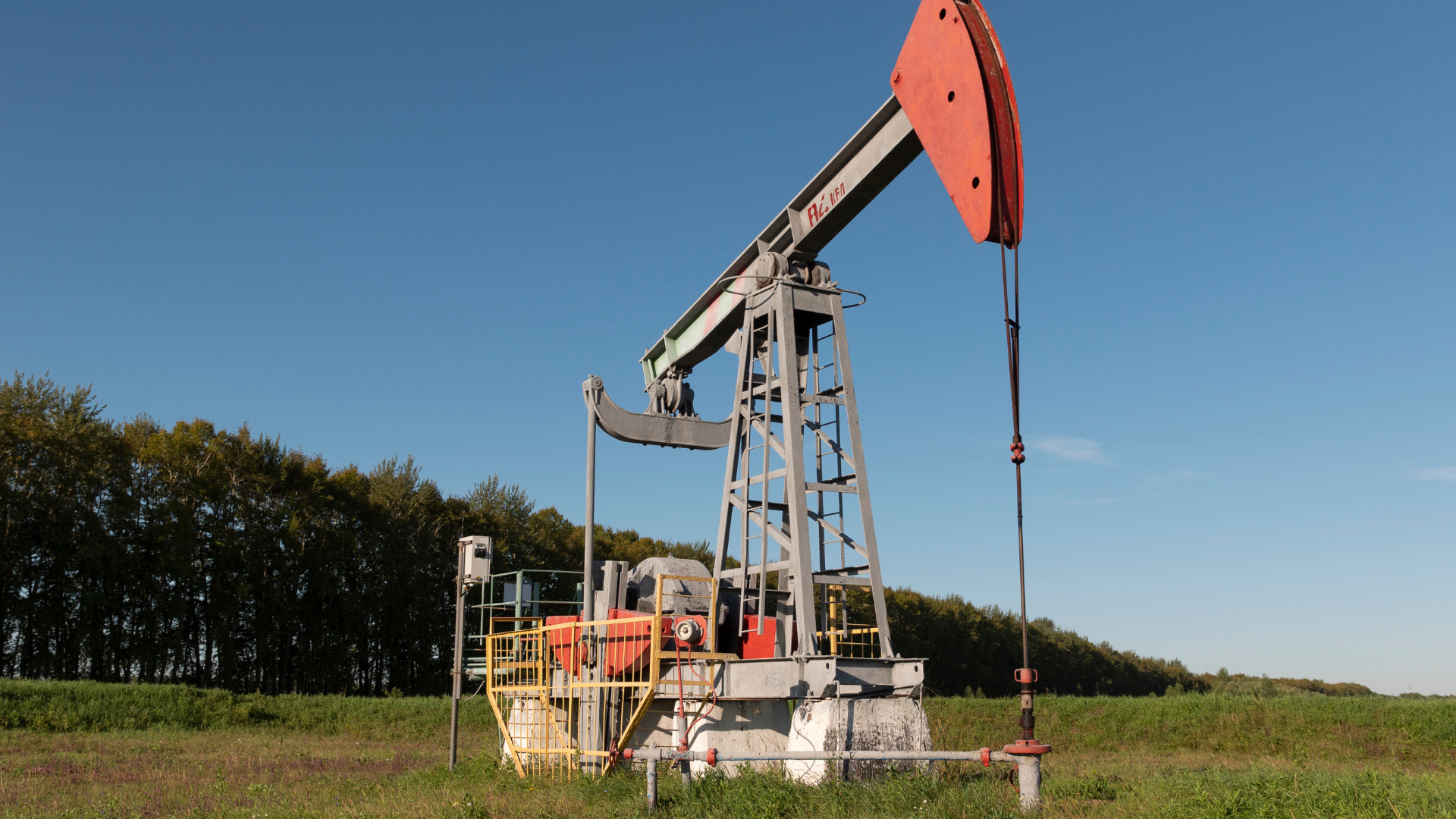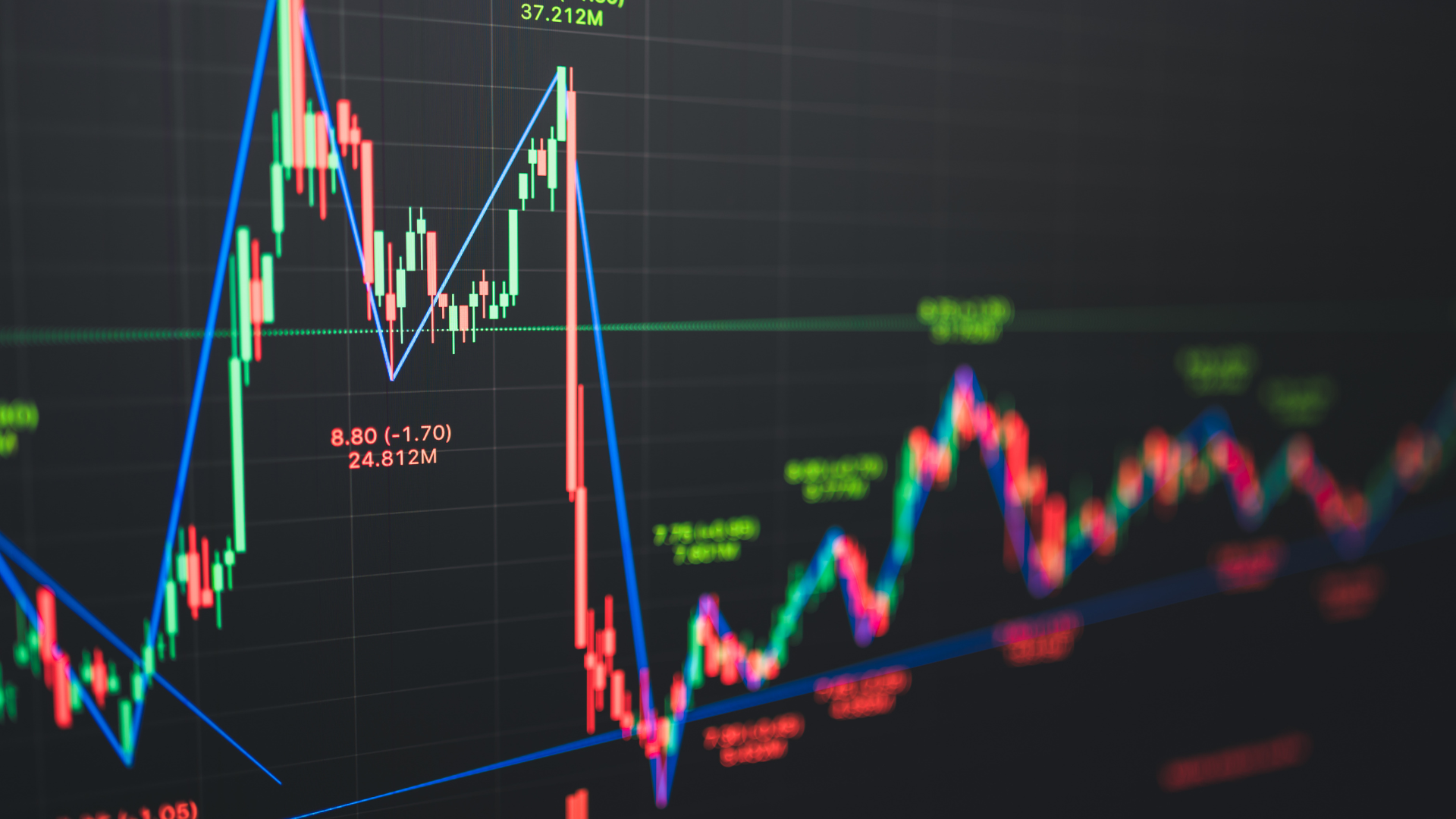The Australian dollar fell sharply on Wednesday, extending its losing streak as the US dollar surged on heightened risk aversion in global markets. Investors flocked to the safe-haven greenback, driven by concerns over economic uncertainty and a more cautious outlook from central banks.
The Aussie slipped below key support levels, reflecting broader weakness in risk-sensitive assets. A combination of weaker commodity prices and softer sentiment in equities weighed on the currency, while renewed demand for the US dollar added to selling pressure. Traders reacted to fresh signals from the Federal Reserve that interest rates may stay higher for longer, further boosting the greenback’s appeal.
Market volatility intensified following disappointing economic data from China, Australia’s largest trading partner. Slower industrial output and muted demand for raw materials fueled concerns over the global growth outlook, adding to pressure on the Australian dollar. At the same time, US Treasury yields climbed as investors recalibrated expectations for future Fed policy moves, reinforcing dollar strength across the board.
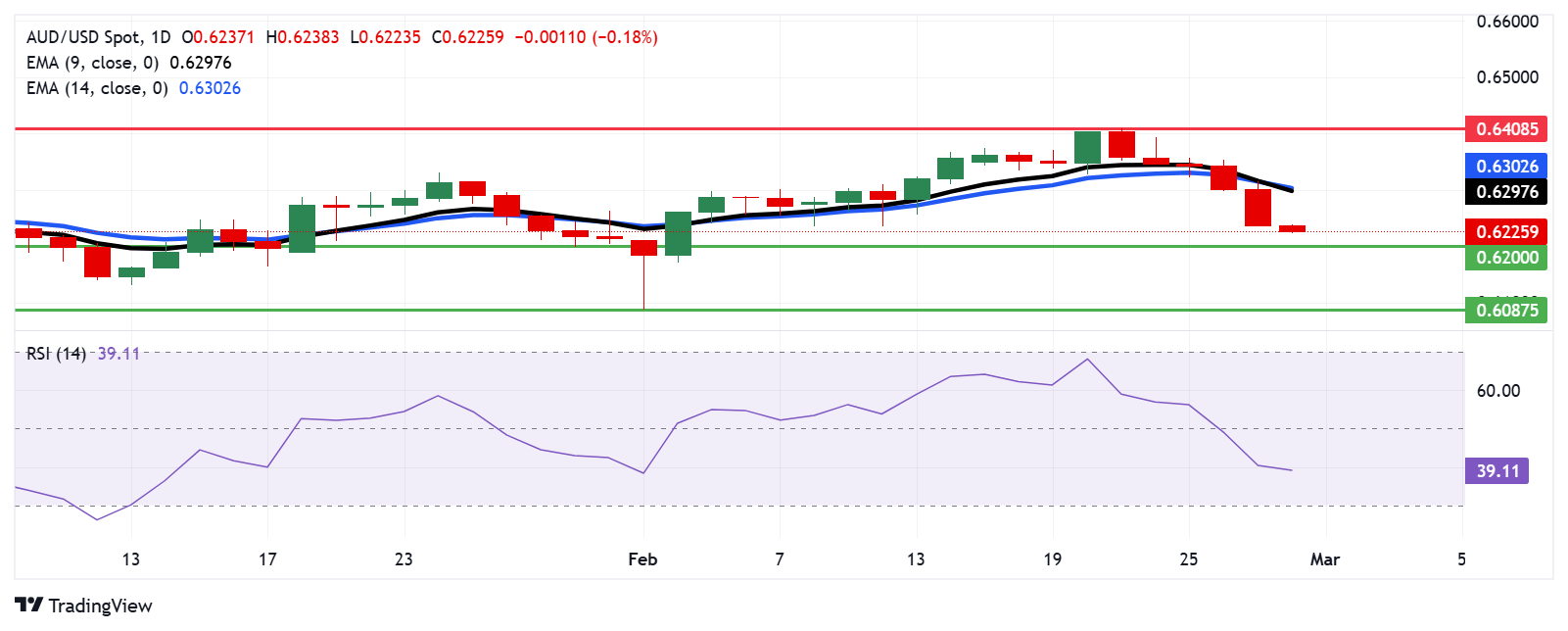
AUD/USD 1-D Chart as of February 28, 2025 (Source: TradingView)
The latest price action highlights the divergence in monetary policy expectations between the Federal Reserve and the Reserve Bank of Australia (RBA). While the Fed remains firm on its inflation-fighting stance, markets are increasingly betting that the RBA may adopt a more cautious approach amid signs of domestic economic strain. This contrast has contributed to the widening yield gap, making the US dollar a more attractive investment.
Commodity-linked currencies like the Australian dollar have faced headwinds as global risk appetite diminishes. A pullback in key exports such as iron ore and copper has added to downside pressure, further limiting the Aussie’s upside potential. Analysts suggest that unless global sentiment stabilizes or China unveils stronger stimulus measures, the Australian dollar may remain under pressure in the near term.
Looking ahead, investors will closely watch upcoming economic data releases and policy signals from both the RBA and the Fed. If risk-off sentiment persists and US yields remain elevated, the Australian dollar could see further declines, with traders eyeing potential support at lower levels.

